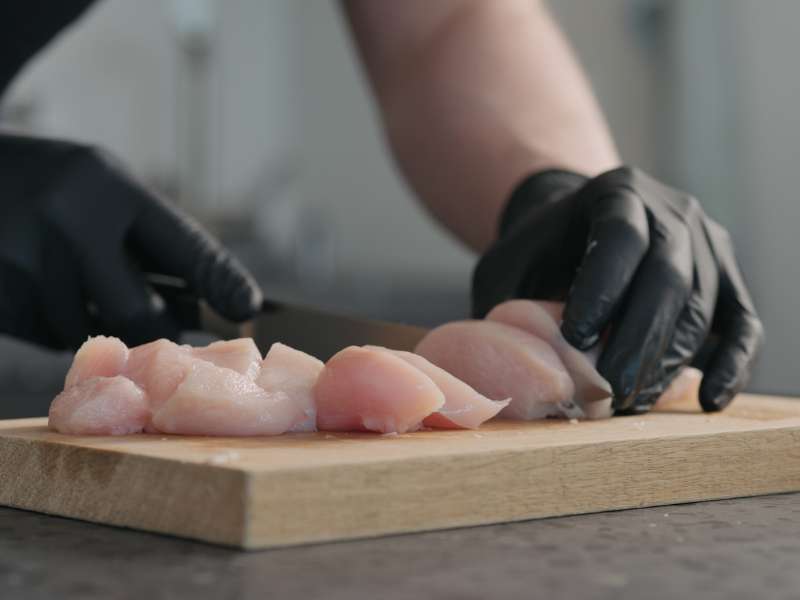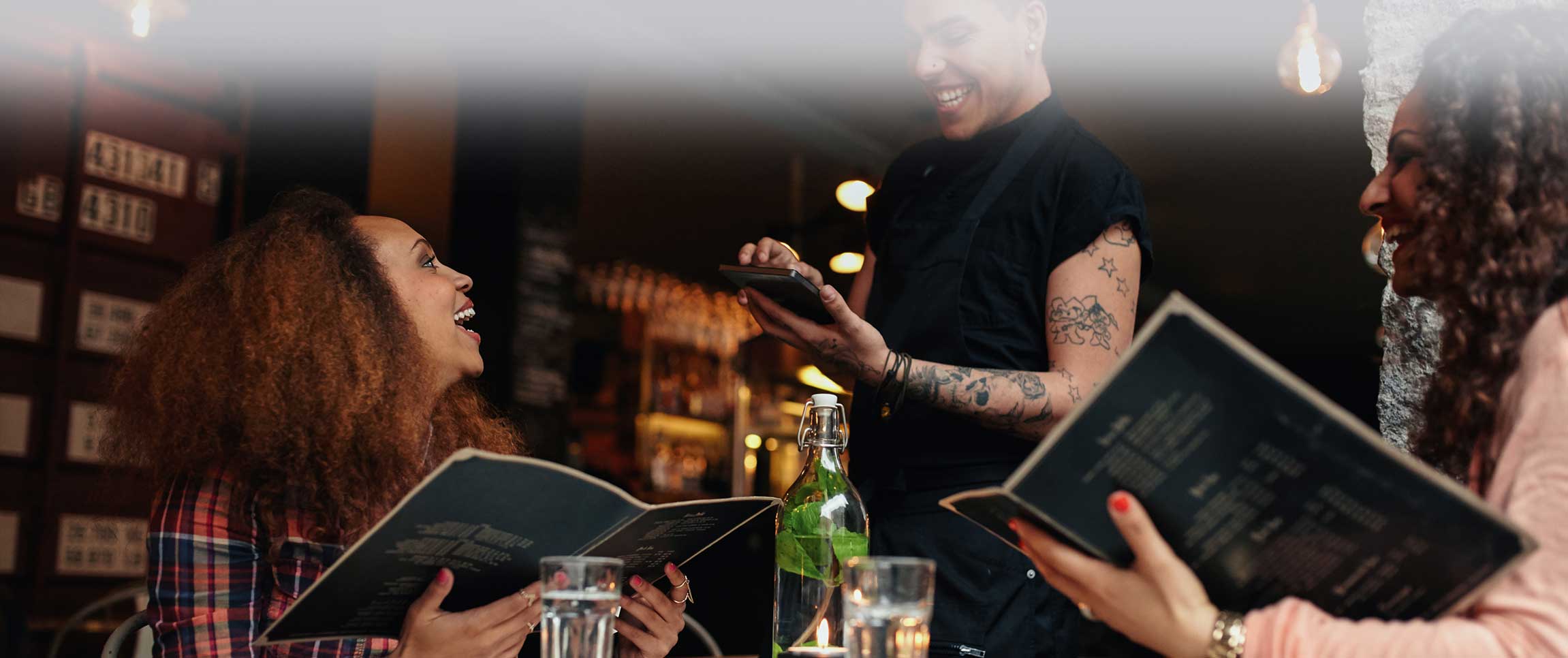Menu design is crucial to ensuring your restaurant’s offerings are attractive to diners. With these tips, you can create an enticing menu to influence customers’ decisions and boost sales.
A menu is more than a piece of paper with a list of food and prices. It’s the first insight into your business that all customers see, and your first chance to market your food. It’s key to your individual brand and everything from the colors, font, layout, and descriptions drives what your guests buy. Follow these tricks and strategies to optimize your menu and improve your bottom line.
Back to Basics
Before getting into the nitty-gritty details of your menu design, you’ll want to have some of the basics covered first, including:
- The Golden Triangle: The area where the customers’ eye naturally gravitates to first—which is the middle, then top-right, and finally top left. Put your high-margin and most popular menu items here.
- Limit Choice: Variety is important, but too many options can overwhelm customers, and many will default to a familiar dish. Limit choices to six or seven per category.
- Layout: Keep it clean, brief, and uncluttered. Divide it up into logical sections using lines, banners, or symbols. Put profitable, popular dishes or daily specials in boxes to encourage guests to order them. Use bold fonts or colors to highlight high-profit items.
- White space: Leave some negative space to improve aesthetics, allow your descriptions to shine, and eliminate clutter.
Build that Brand
Your menu is a major brand-building tool. It’s part of your identity and gives customers a glimpse into “the who” behind the business. It’s how they form their opinions of you, and it influences what they order. Your menu’s design should reflect your restaurant’s theme, atmosphere, brand colors, and above all, bring your personality to life. If you’re a fine dining establishment, then the font and style will need to look a little different from a fast-casual place. The same goes for the menu’s material. High-end establishments might opt for leather-bound menus with thick paper to mimic the food quality, while a more casual spot could use a vinyl menu to indicate good value. While your menu should reflect your business’s brand, it is not the place for your story. Save that for your website.
Popularity and Profit
There are four dish categories that serve as a guide for your menu design: Stars, Plow-horses, Puzzles, and Dogs. Each of them represents the level of popularity or profitability of a dish and you can find this out by doing a cost and sales data analysis.
- Stars: Very popular and highly profitable dishes.
- Plow-horses: Popular but have low profitability.
- Puzzles: Highly profitable but not very popular.
- Dogs: Not very popular or profitable.
Stars and plow-horses go at the top and dogs go near the bottom of the menu. Taking this approach is a little more time-consuming, but you can be more strategic about your menu design instead of going with the trial-and-error method.
Hungry Eyes
Customers eat with their eyes first. Your menu design should be a visual treat for diners and entice them to order more. Language is a big part of that. Mouth-watering or fun descriptions can compel diners to order a certain dish. For example, “Miso-glazed Chilean Sea Bass with honey-roasted Brussel sprouts” sounds much better than “Grilled Sea Bass with veggies”. If you’re a more casual restaurant, adding in some intriguing hi-res photos of the food is a great way to appeal to diners, just don’t overdo it. Seasonal dishes, food specials, or happy hour drinks could be written on a chalkboard or have their own small menu on the table to entice customers using the power of the LTO. These can bring in extra revenue and build customer loyalty.
Let’s Get Digital
With social media, Yelp, Google reviews, and apps, consumers can learn quite a bit about you before even stepping inside. In fact, studies have found that around 77 percent of consumers check out a restaurant’s website before dining in. Ensure that your menu is up-to-date, easy-to-open, and most importantly, attractive to guests. Consider featuring fun animation, appealing pictures and videos, and some catchy descriptions that utilize target keywords. In these post-pandemic times, offering QR codes at tables that send diners to online ordering platforms can be attractive for the younger demographic and a more sanitary, safer alternative. Use a digital menu as an opportunity to showcase drool-worthy photos of your food to compel diners to order them. Posting photos of the food on your social media and website with a link to your menu can also help drive consumers to your restaurant.
The Secret to Symbols
Special icons or symbols to denote certain dishes on the menu can be a space saver and more visually appealing way to draw customers’ eyes to certain dishes. For example, having “new” next to an LTO, or a symbol to indicate a house signature dish can create excitement and intrigue. Ensuring vegan, gluten-free, vegetarian, spicy dishes, and raw items are marked as well will please the diners with specific dietary restrictions. On that same note, consider ditching the “$” symbol. Studies have shown that customers tend to spend more when currency signs are omitted.
While the recipe for a successful restaurant includes great food, well-trained staff, competitive prices, and an excellent atmosphere, menu design is a vital ingredient that shouldn’t be left out. These menu optimization tips are just a few ways to help you boost your sales.



